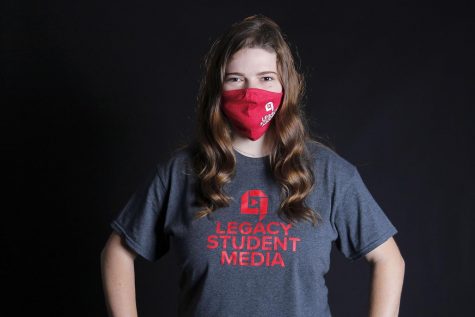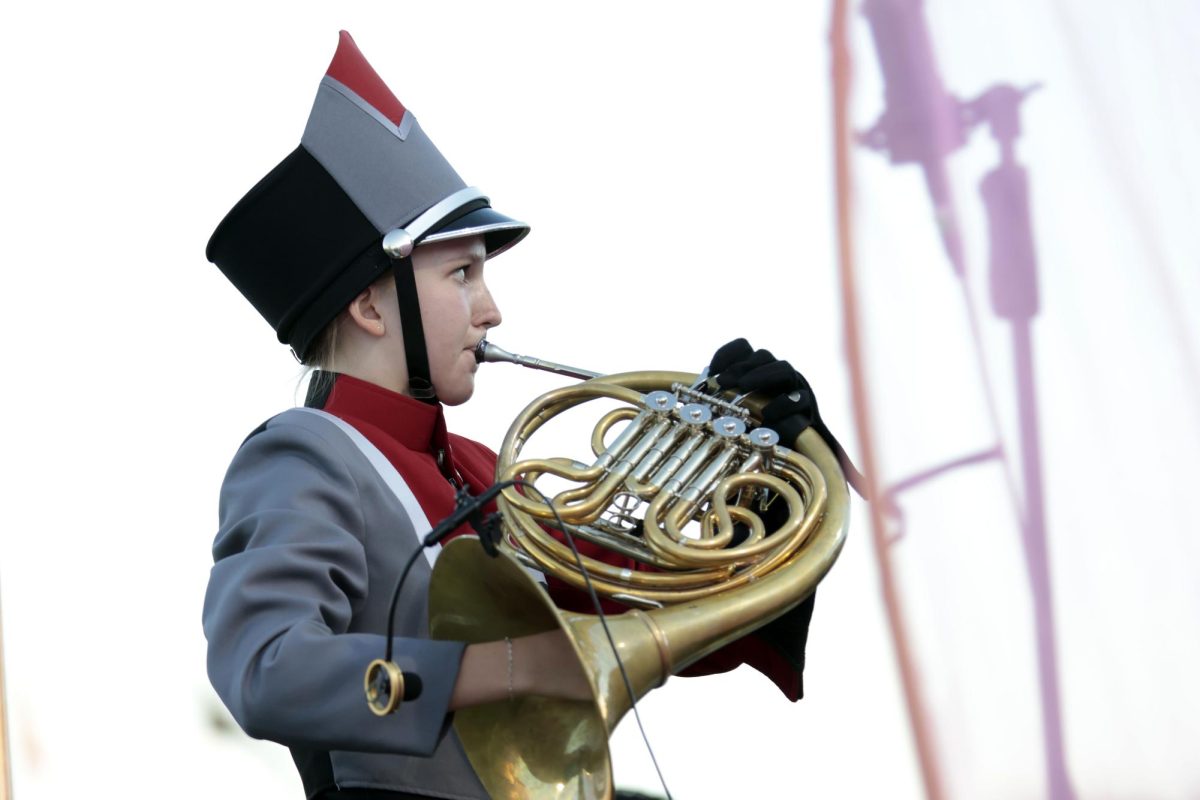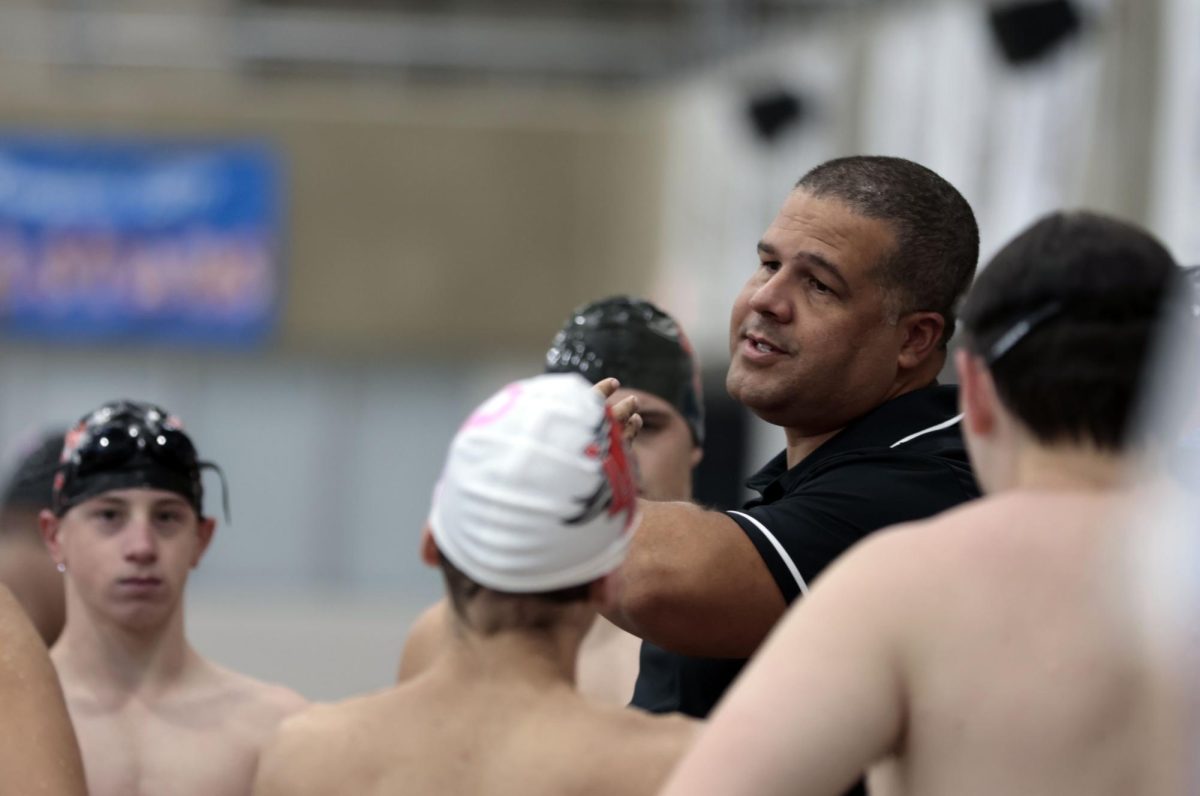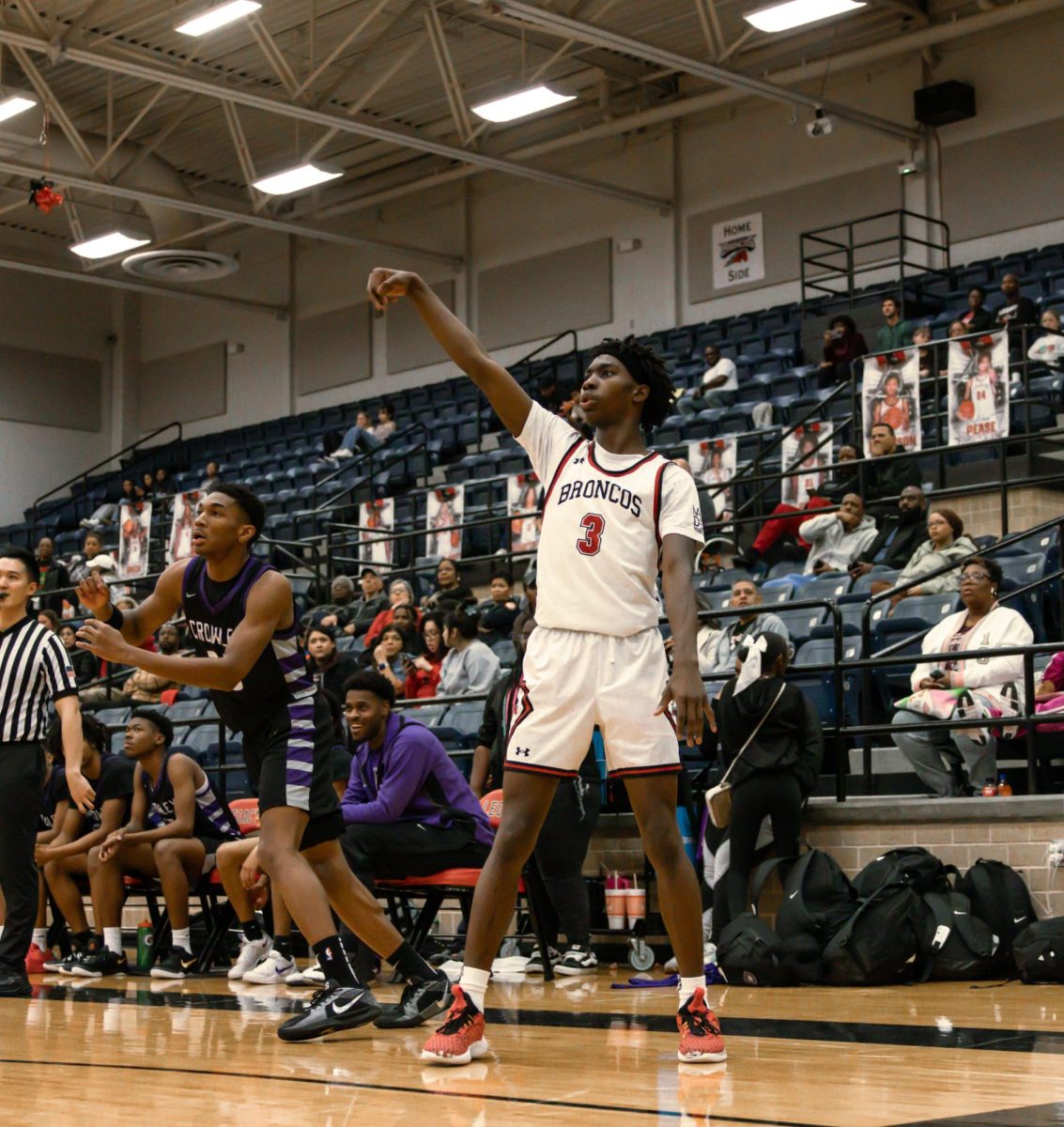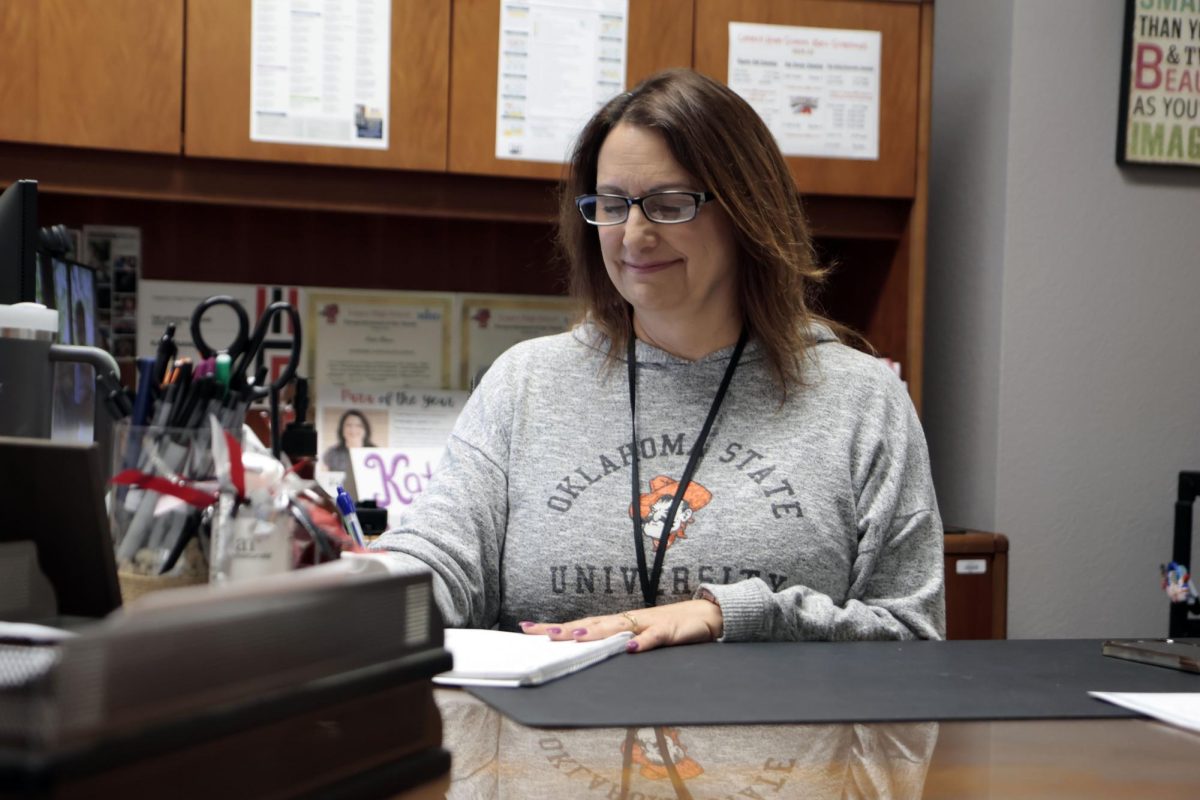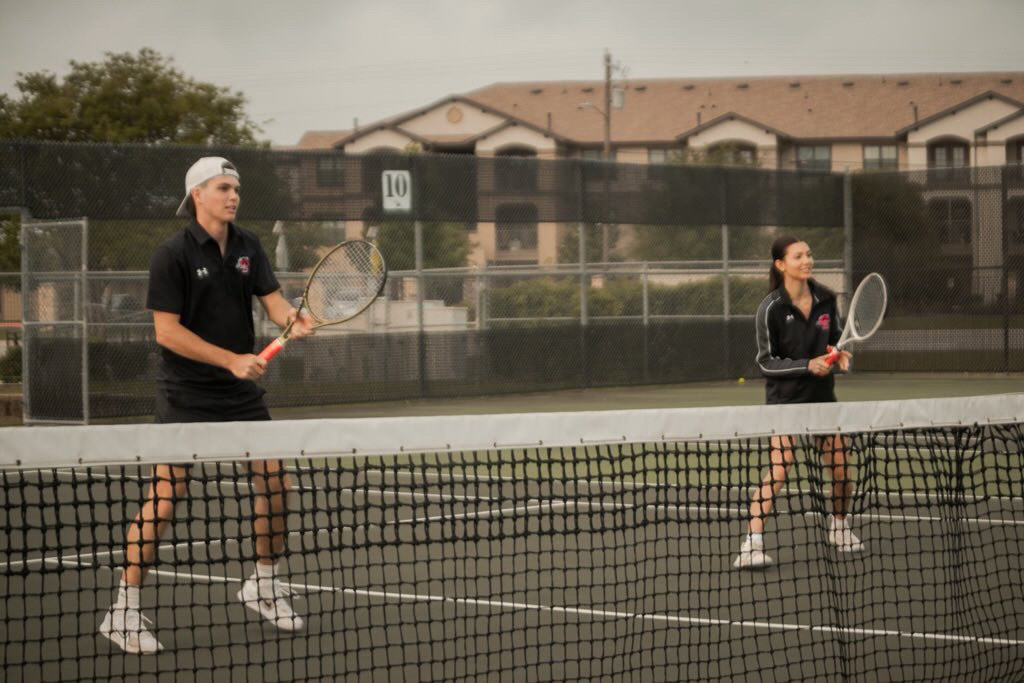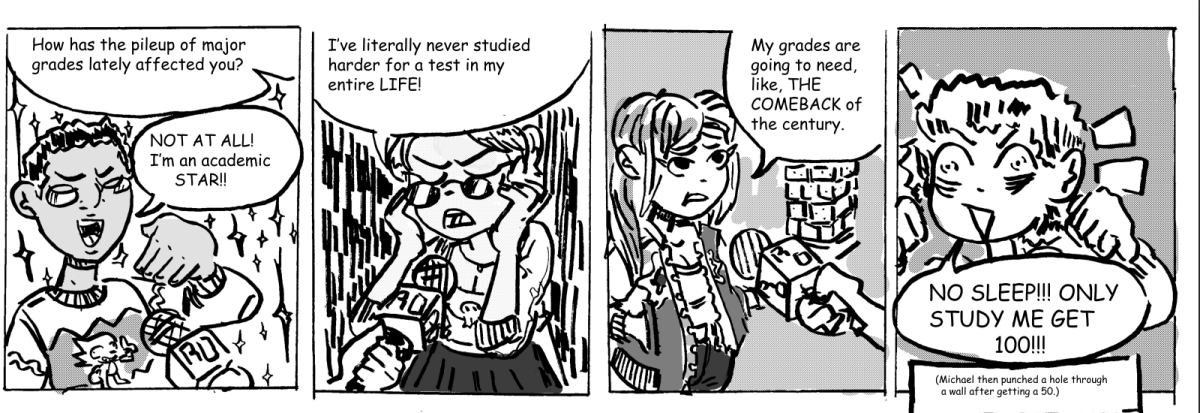
From a young age, junior Katie Stendebach learned to sift through racks of clothes at thrift shops to find unique items with her grandmother and mom. The days spent at thrift stores in various places turned into a long term choice to help the environment and opportunity to hunt for special pieces.
“It was just a fun activity for us to do, and I liked collecting toys and dishes from the Goodwill. Then when I got older, I’d say close to maybe 13, I started thrifting for clothes a bit more often,” Stendebach said. “It was cheaper and easy to find clothes that not a lot of people had. I then really started picking up the habit of doing it when I entered high school.”
Now, Stendebach’s wardrobe contains a multitude of thrifted pieces she collected from places all over the country.
“There’s always hidden gems you could miss out on. Sometimes you won’t find anything, but that just means to go again a day or two later,” Stendebach said. “I travel to different stores too. I thrift out of state on vacation, and some of my pieces are from shops in the Olympic Peninsula.”
Stendebach enjoys pieces from thrift shops because they provide unusual pieces that are unique from other people.
“Knowing that my outfit will be a little bit different than my peers makes me feel like more of a personality than a secondary character,” Stendebach said. “Finding nice, high-quality articles of clothing makes me feel better about my outfits. I make a really big effort to get most of my items second hand.”
Days Stendebach spends at thrift stores often include her friend, junior Blaire Bussey. The two travel around to various shops to find pieces together they see as potential additions to their closet.
“I like thrifting because it’s good for the environment and an easy way to shop for clothes,” Bussey said. “It’s also really fun to go with friends because everyone ends up trying on clothes that they wouldn’t look at otherwise.”
The environmental benefits of thrift shopping include the reduction of waste, less demand on the textile factories and carbon emission which encourages Stendebach to continue the activity and do what she can to bring the pieces sustainability.
“I feel a lot better about myself now that I know that my clothes have less of an impact on the environment. It’s still sometimes hard to control it because there’s not always everything at the store, but any effort is worth it,” Stendebach said. “Some pieces even get a new life by being up-cycled. You can really make a piece your own by transforming it with some extra fabric, scissors, or embroidery.”
Stendebach believes the pieces she revives contain a special element of someone’s past and enjoys the process of reviving the clothes and items she finds through added design elements, such as embroidery, lace or through repurposing the article into something new.
“Thrifting to me is like resurrecting something or giving it a new meaning. I’m a very big believer in the saying ‘one man’s trash is another man’s treasure,’” Stendebach said. “It’s also so much better for the environment and cuts down on your carbon footprint significantly.”



